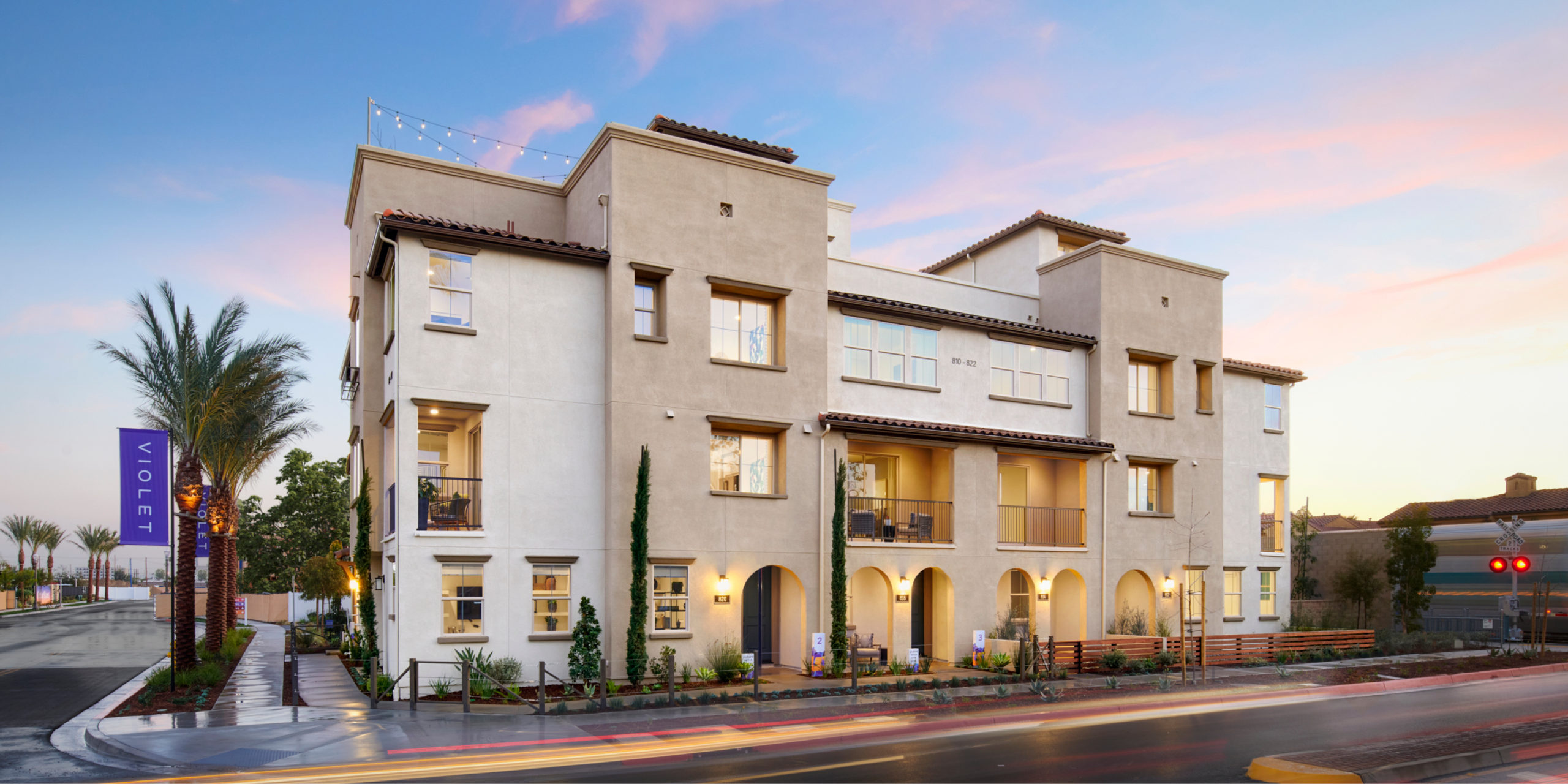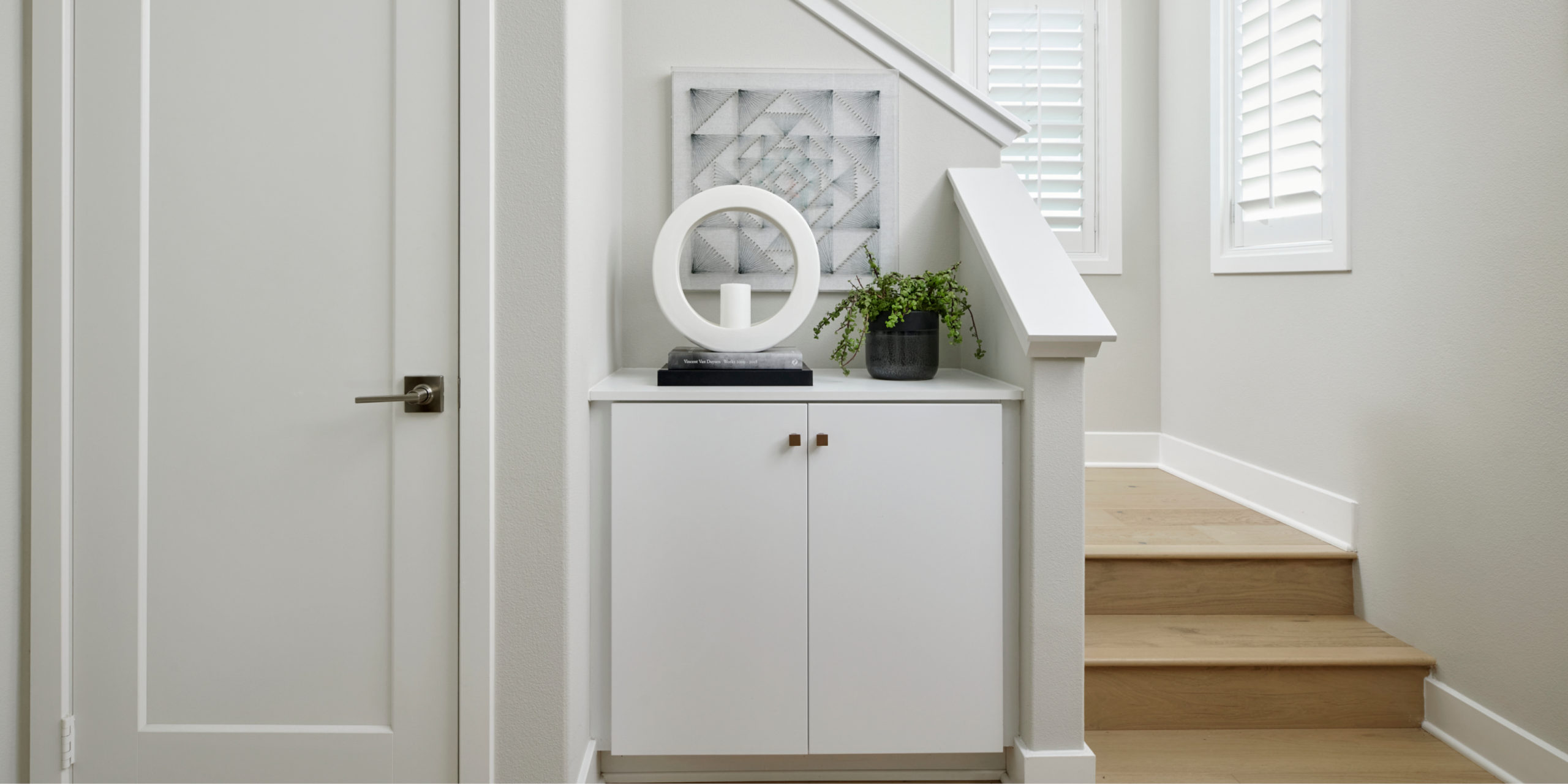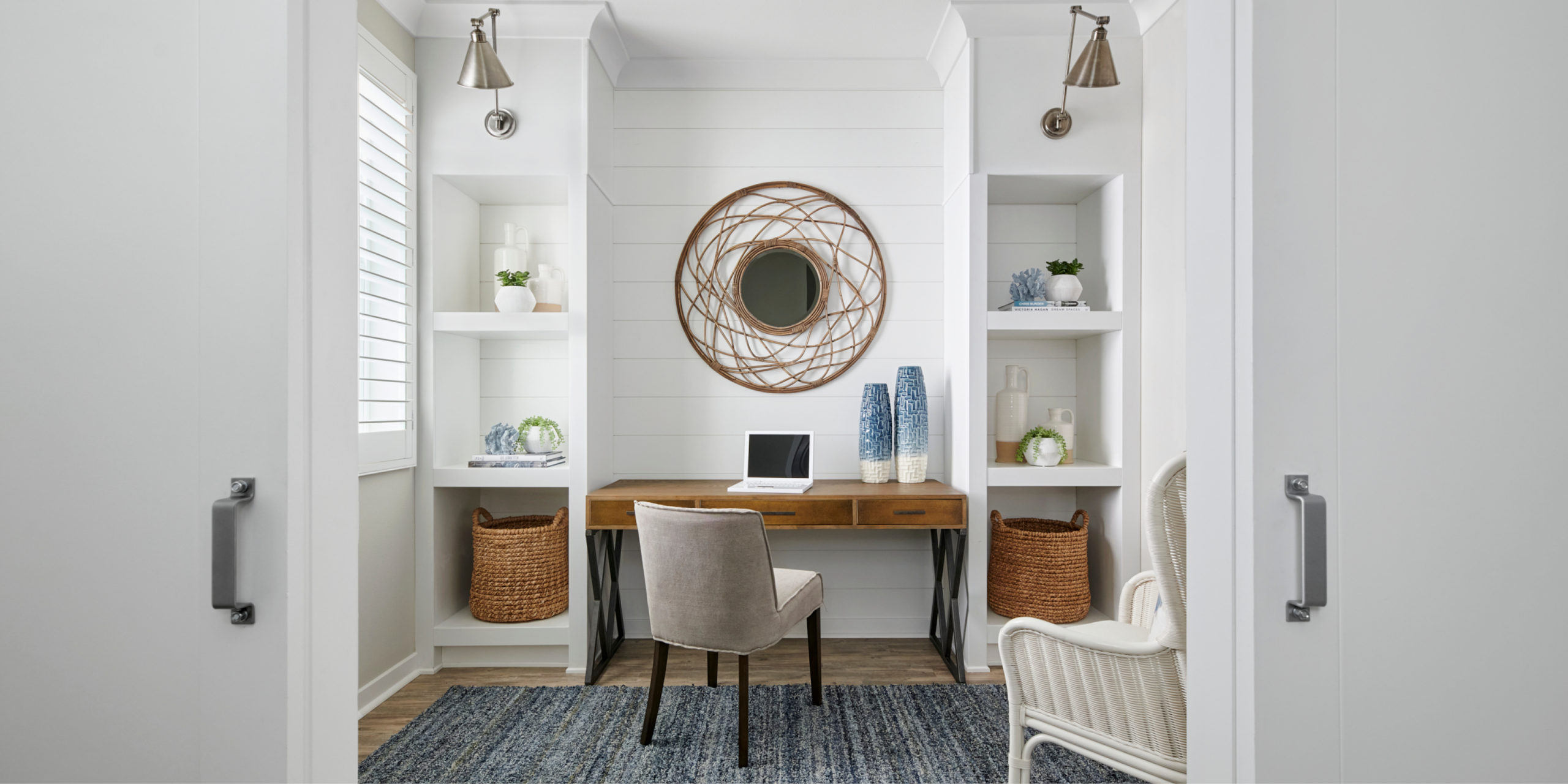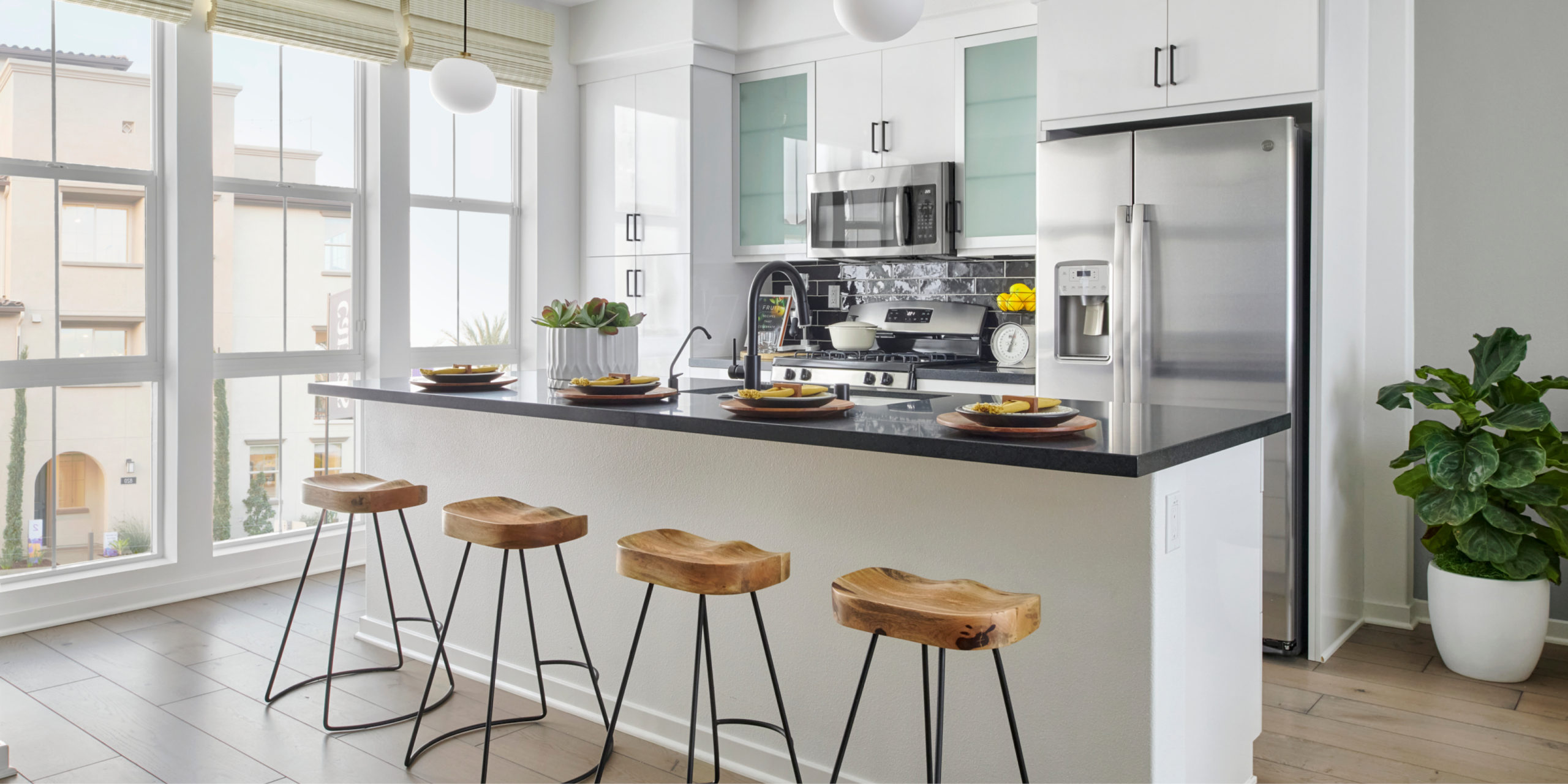Essential Creativity: The Future of Housing
2023 is shaping up to be a year of transition. The expected “return to normal” after the pandemic has turned out to be anything but normal with high interest rates, inflation, material disruptions, and an unexpected war. The housing industry must once again tack to these influences with a focus on value, efficiency, and above all, creativity to appeal to potential buyers and renters.
Facing a worsening affordability crisis, buyers are considering room count ahead of square footage, making floor plans more efficient – let’s call it cozy. We need to carefully consider every nook and cranny for smart flexible uses like storage or an office nook. In fact, during the pandemic, we had to make do with carving office space into our homes; this work-from-home trend, at least part of the time, is here to stay and home designs must respond with flexible rooms or spaces. These flex rooms might be an office by day, a dining room by night. Three-story homes and townhomes have become standard housing types, but four-story homes are on the horizon to provide more space on less land.
Many new home (and even townhome) designs now incorporate Junior Accessory Dwelling Units (JADU). These can be, of course, rented out to help pay the mortgage, used for family, or an office. This creative use of space is an excellent example of balancing cost, use, and flexibility.
And as homes and yards get smaller, the value of locating in a master planned community with outdoor spaces, parks, and trails becomes more important; however, the cost of operating these facilities as they effect HOA fees must be carefully weighed.
PV solar in California is becoming standardized, especially as more and more jurisdictions are outlawing the use of natural gas in new construction. This calls for simpler roof forms to provide generous areas for solar panels. However, preparing for a new all-electric future comes with requirements for provision for future electric water heaters, dryers, home heating and cooking along with increased electrical panel capacity and switchgear. Garages will get larger to provide space for installed or future solar batteries.
This transitional economy has further strained the housing crisis, working against the State of California’s goals. Recent legislation has created numerous pathways to increase housing production including: elimination of minimum parking standards for projects within a half mile of high-quality transit; streamlining of development application for housing; and providing “by right” change in use from commercial, retail, or parking uses to housing in commercial districts on major roadways (with several caveats). This last law is designed to divert high density housing away from existing single-family neighborhoods and into commercial corridors, recognizing that there is little available land zoned for housing and numerous underutilized or outdated commercial properties throughout the state.
And these issues are not unique to California – similar issues are arising in Texas, Florida, Idaho, and many other places that in the past were seen to be an economic escape for Californians. In fact, the housing crisis has become a global issue.
All of these factors combine causing us to tack to a new course, fighting the effects of the economy, new codes and regulations, costs, and the environment. Creating places that meet these challenges requires imagination and a creative approach incorporating a team that can analyze the situation, constraints and opportunities. We can do it.








Leave a Reply